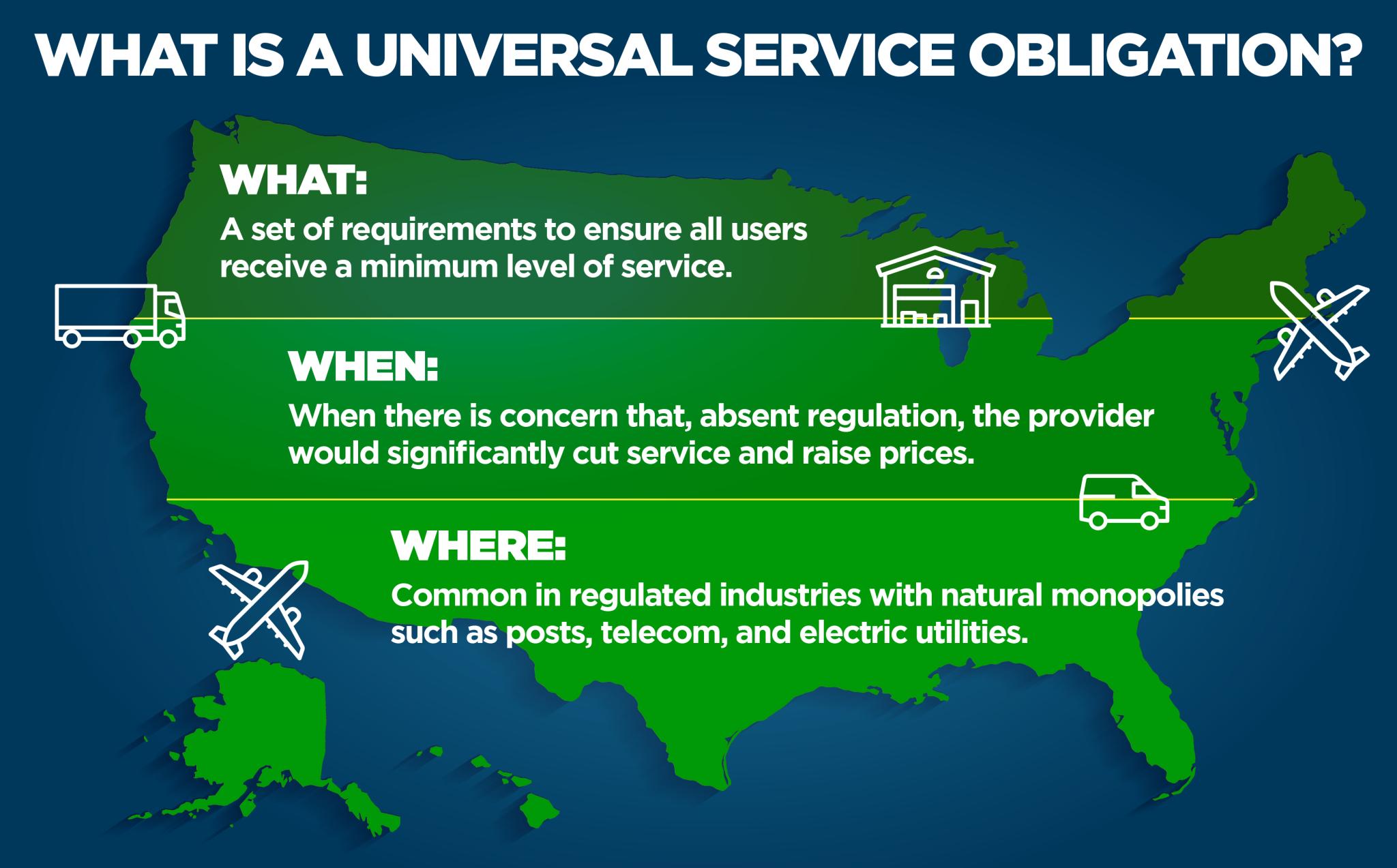
The OIG has issued a series of reports on the Postal Service’s universal service obligation (USO). As we discuss in the 2014 Guiding Principles for a New Universal Service Obligation report, unlike many other posts, the Postal Service does not have a precise definition of its USO Instead, the USO is generally agreed to be made up of a collection of laws and regulations that sometimes provide only broad guidance. There are, however, some aspects that are clearly defined, such as the requirement to deliver mail six days a week.
A more explicitly defined USO could benefit postal customers by ensuring customers continue to receive the postal services they need. It could also benefit USPS. As it continues to make changes to its network, a more precise USO would make it clear which services USPS can and cannot modify. However, better defining the USO would be challenging. Our 2014 report took lessons learned from other posts and industries and developed a set of guiding principles that policy makers could use to better define the USO.
The USO is generally thought to cover six attributes:
- Geographic scope
- Range of products
- Access
- Delivery mode and frequency
- Pricing
- Service
We followed up our 2014 report with a survey designed to measure what postal services people value the most. At the time, we found both households and businesses placed a higher value on mail being delivered to the door or curb versus a cluster box. Both households and businesses placed a higher value on going to a post office versus using a kiosk or postal counter in another retail location.
While our first two USO reports focused on the obligation, our third report focused on how to fund the USO. As traditional mail volumes continue to decline, it will become more and more challenging to find the balance between financial stability and the Postal Service’s obligations. In Funding the Universal Service Obligation, we looked at how other posts fund their USO, and we identified three options for USPS — greater pricing flexibility, diversification, and, if society values a particular service enough, direct subsidization for a specific obligation. A combination of the three may work best.
Producing a more clearly defined USO could be challenging and require balancing user needs with the Postal Service’s financial stability. The Postal Service is not alone in this challenge. In our 2020 report, Reevaluating the Universal Service Obligation, we looked at eight other posts that had recently modified their USOs, and found the most common change was reducing delivery speed or frequency. The table below summarizes the recent changes at the time of the report. Since that time, some countries have made additional modifications to the USO.

We also found that there is no one-size-fits-all solution to the USO. Each USO has been customized for each country’s specific challenges and priorities. That is why an important step in redefining a USO is studying customer needs. Our work on the USO could help provide valuable insights into this important issue.
